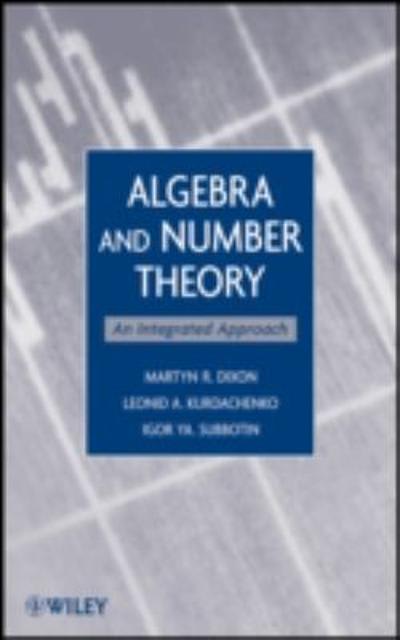
Statistics and Probability
A manufacturer of bicycles builds racing. touring, and mountain models. The bicycles are made of both steel and aluminum. The campany has available 71,400 units of steel and 39,600 units of aluminum. The racing, touring, and mountain models need 17, 21, and 34 units of steel, and 12, 27, and 18 units of aluminum, respectively. Complete parts (a) through (d) below. (a) How many of each type of bicycle should be made in order to maximize prot it the company makes 5? per racing bike, $11 per touring bike, and $20 per mountain bike? Let x1 be the number of racing bikes, let X? be the number touring bikes, and let :3 be the number of mountain bikes. What is the objective function? (b) What is the maximum possible prot? To nd the maximum possible prot. read the value of z from the simplex tableau for the optimal solution. (1:) Does it require all of the available units of steel and aluminum to build the bicycles that produce the maximum prot? If not, how much of each material is left over? Compare any leftover to the value of the relevant slack variable. To identify unused materials. read the value of each slack variable from the simplex tableau for the optimal solution. (at There are many unstated assumptions in the problem given above. Even if the mathematical solution is to make only one or two types 01 bicycles. there may be demand for the type(s) not being made. which would create problems tor the company. Discuss this and other difficulties that would arise in a real situation. It the manufacturer chooses to satisfy demand for the type(s} of bicycles not being made. the prot will be reduced. A brewery produces regular beer and a lower-carbohydrate "light" beer. Steady customers of the brewery buy 10 units of regular beer and 20 units of light beer monthly While setting up the brewery to produce the beers, the management decides to produce extra beer. beyond that needed to satisfy customers. The cost per unit of regular beer is $32,000 and the cost per unit of light beer is $50,000. Every unit of regular beer brings in $200,000 in revenue, while every unit of light beer brings in $500,000 in revenue. The brewery needs at least $15,000,000 in revenue, and has determined that the total demand will be at least 45 units of beer. How much of each type of beer should be made so as to minimize total production costs? AeregweceexpenmonSdpeepunutt'lenunberofuanlshevhgoenah 21 mental: diureclerhtice misled. with the reeuhe given to the right. Answer pertain] 27 had W peas: \"mum it]- 37 had smooth peas, 10 were tail and had gran-I peas; '3' 18 had groan peas and math peas: 5 had all three dialectsrletics; In] Find the number otpiants that were tal and had smool'l peas. 6 had none ofthe characteristics. D plants (b) How many plants were tall and had peas that were neither smooth nor green? (c) How many plants were not tell but had peas that were smooth and green








